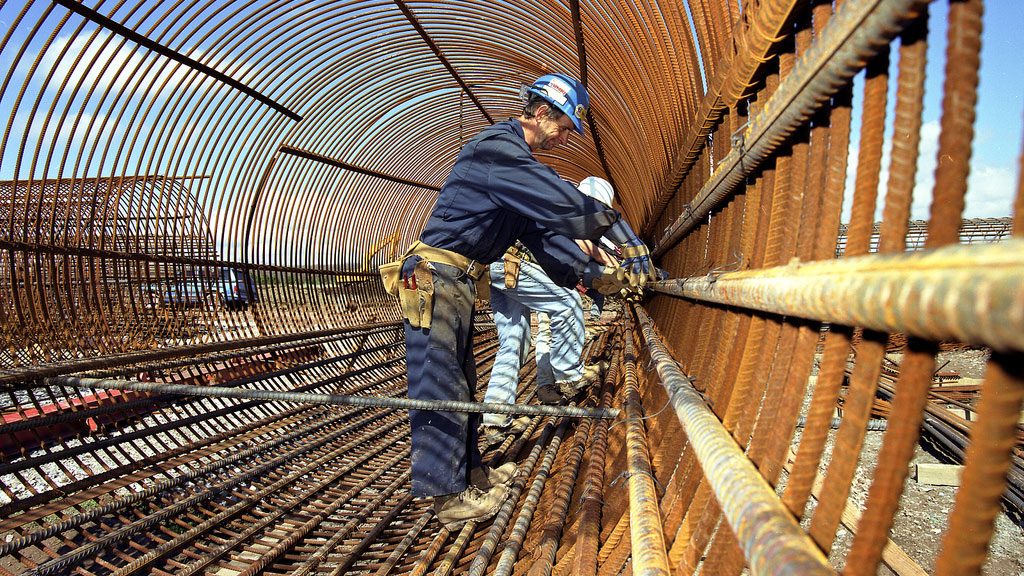While the building industry has witnessed a technology evolution over the past couple of decades, it hasn’t resulted in improved onsite productivity.
That is the word from Derek Smith, who has been in the building industry for 31 years, the last 10 of which were as the owner of Constructionlab Ltd., a consultant to numerous projects across Ontario.
“Over that time I have processed a lot of information they shared with me,” he said, pointing out that production will change for the better when builders realize they can’t rely solely on technology for a solution.
“At the end of the day it comes down to on-the-go negotiation. And that is all about human skills.”

Smith, who led a seminar on the human challenges of onsite productivity at the Buildings Show in Toronto recently, said a top priority for contractors should be to improve their relationships with subcontractors.
Builders talk about it, but often “they still don’t pay them on time and they treat them like, ‘Just get the work done.’ Unfortunately I don’t see any change.”
Smith said that William Ury, co-founder of Harvard PON (Program of Negotiation), says “we no longer live in top-down organizations, we are communicating differently thanks to global connectivity.”
While that technology has its benefits, it also can leave companies with a gap in communication in which management is not aware of what its subs are doing, he said.
Construction managers need to get out of their site trailers and onto the project to reach their crews and subcontractors.
Just look at how sports teams manage their teams, he said. Coaches watch and guide their players and work with ones who need help to improve their skills.
Give the trades and your crews the “recognition and value they deserve,” he told the seminar.
While Smith values digital agencies such as buildingSMART and technologies like BIM, they are not a panacea to the production issues the industry faces.
“When I drew on a drawing board sometimes I made a mistake but guess what? When I draw on Revit sometimes I make a mistake,” said Smith, who was the executive director of the London and District Construction Association for five years.
Concerns about productivity are not new in the construction industry.
Thirty years ago the National Research Council (NRC) published a report titled Human Factors Affecting Productivity in Construction. Among its conclusions for why production suffers were poor relationships between workers and management – the same as today, he told his audience.
Other factors were the lack of tools, materials and equipment onsite to do the job, the NRC concluded.
The study found low production was also due to a lack of co-operation between the subtrades and incomplete design/engineering drawings. The latter problem, Smith said, some Canadian Construction Association people argue is “getting worse.”
Smith cited a 2009 study on productivity in construction done by Huwage and Ruwanpura, which broke down what formwork crews do through a work day. It concluded they spent only about 45 per cent on the tools. About eight per cent of their time was spent just looking for tools and 12 per cent looking for materials.
While the study is a starting point to improving production, Smith said it only focused on the formwork sector. He is not aware of research on productivity in other subtrades.











Recent Comments
comments for this post are closed